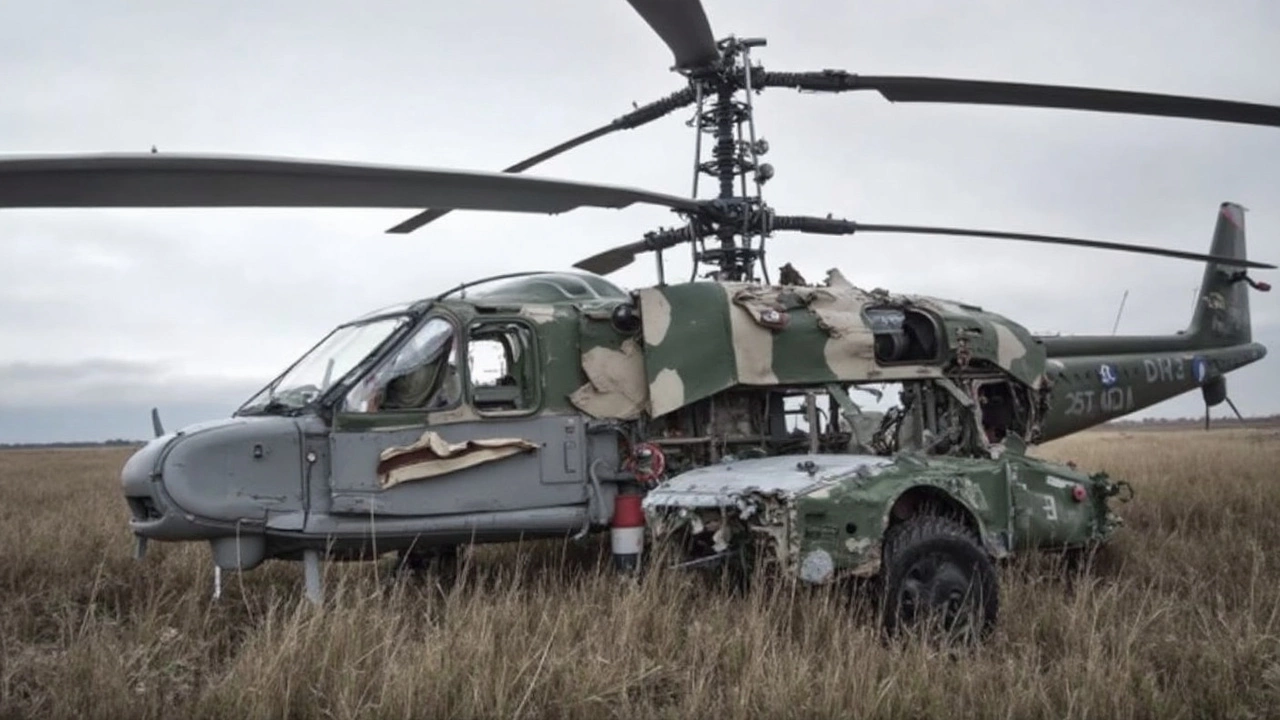Russian Helicopters – Models, History, and Why They Matter
If you’ve ever watched a flight show or a war movie, chances are a Russian rotorcraft has caught your eye. From the sleek Mi‑8 that shuttles passengers across Siberia to the fierce Mi‑24 “Hind” that roars over battlefields, Russian helicopters have a reputation for being tough, versatile, and surprisingly affordable. In this guide we’ll break down the most famous models, dig into the design ideas that keep them flying, and show you why pilots and armies still choose them today.
Key Russian Helicopter Models
The first name that pops up is the Mil Mi‑8. Introduced in the 1960s, it’s been called the workhorse of the skies – it can carry up to 24 passengers, haul cargo, or be fitted with a medical module. Its twin‑engine design gives it extra safety, and the simple cockpit means mechanics can fix it in the field with basic tools.
Next up is the Mil Mi‑24, often nicknamed the “Hind”. Unlike most attack helicopters, it combines a gun platform with a small troop cabin, letting a pilot drop in a handful of soldiers after a strike. Its iconic forward‑firing cannons and anti‑tank missiles made it a legend during the Afghanistan conflict and still keep it relevant in modern skirmishes.
Another crowd‑pleaser is the newer Mi‑28N (also called the “Havoc”). Designed purely for attack duties, it boasts advanced avionics, night‑vision capabilities, and a sleek, low‑profile shape that reduces radar detection. While pricier than the Mi‑24, it offers better precision and lower maintenance for high‑intensity missions.
Performance and Uses
What sets Russian helicopters apart is their ruggedness. They’re built to handle extreme temperatures – from the frozen tundra of the Arctic to the scorching deserts of the Middle East. That durability translates into lower downtime, which is a big selling point for both military units and remote civilian operators.
In military terms, these rotors are multipurpose. The Mi‑8 often serves as a transport or a gunship when equipped with side‑mount weapons. The Mi‑24, thanks to its dual‑role design, can provide close air support while also inserting a small squad behind enemy lines. Navies also use variants like the Ka‑27 for anti‑submarine warfare, showing the breadth of Russian helicopter tech.
On the civilian side, the Mi‑8 and its modern cousin, the Mi‑17, dominate in oil‑field logistics, search‑and‑rescue, and even tourism. Their ability to land on rough terrain without sophisticated infrastructure makes them ideal for isolated communities. Operators love the low operating cost – you get a big‑payload aircraft that doesn’t demand a fancy runway.
Looking ahead, Russia is investing in next‑gen models like the Mi‑38, which offers more power, a glass cockpit, and better fuel efficiency. These upgrades aim to keep Russian helicopters competitive against Western rivals while retaining that no‑nonsense reliability engineers have perfected over decades.
So whether you’re a gearhead fascinated by rotorcraft engineering or just curious about why you see Russian helicopters in news footage, the answer is simple: they blend toughness, versatility, and cost‑effectiveness in a package that works in almost any environment. Keep an eye on upcoming upgrades, and you’ll see these iconic machines continue to dominate both skies and headlines.

A precision strike by Ukrainian forces using U.S.-supplied HIMARS systems resulted in the destruction of four Russian helicopters in the Belgorod region. The operation, involving advanced intelligence and coordination, highlighted Ukraine's capability to hit significant targets within Russian territory. This action contributes to the ongoing tensions amid quiet ceasefire negotiations.
Continue Reading





